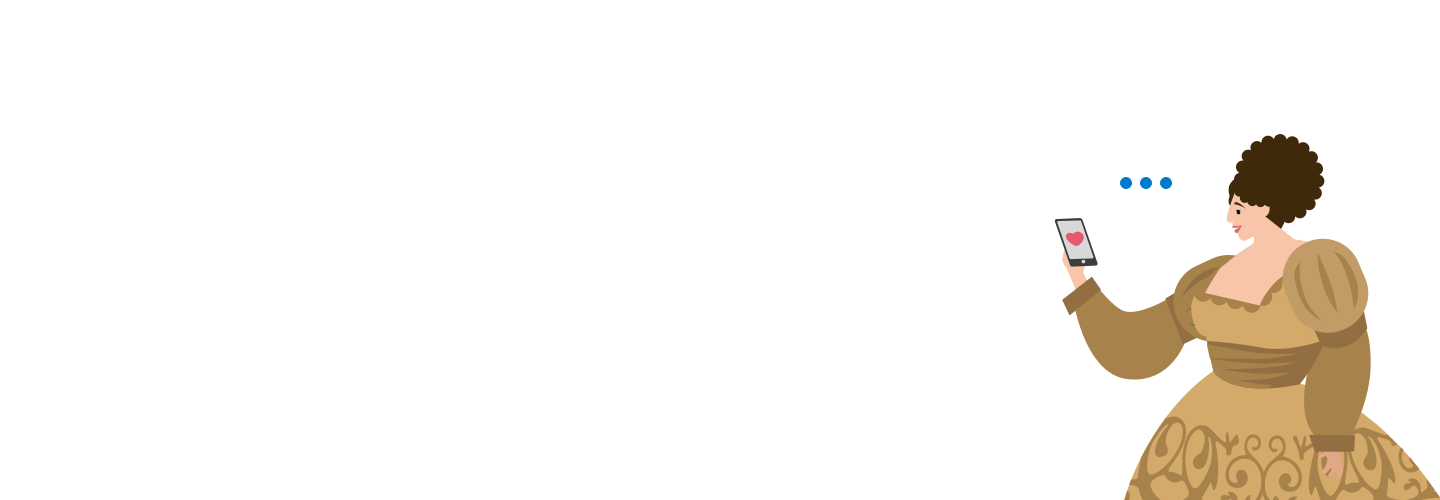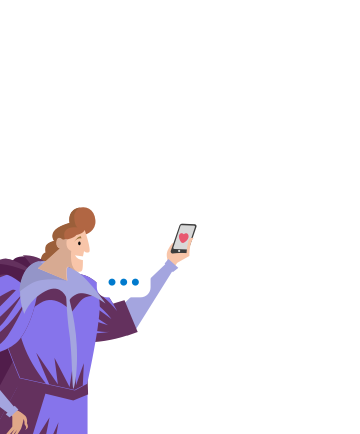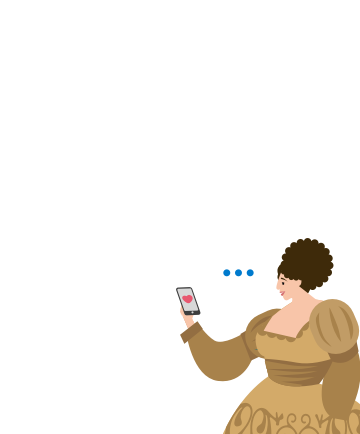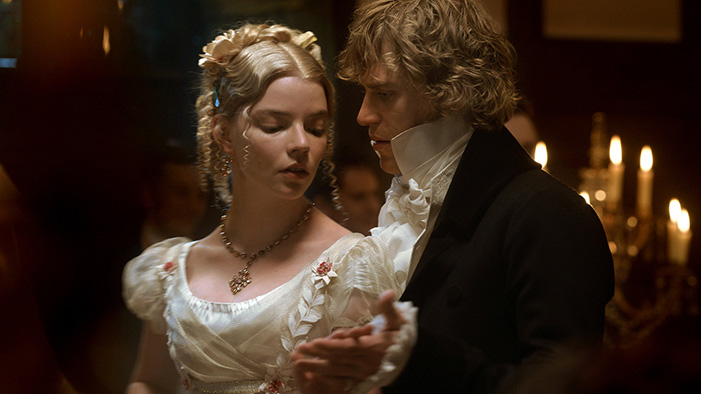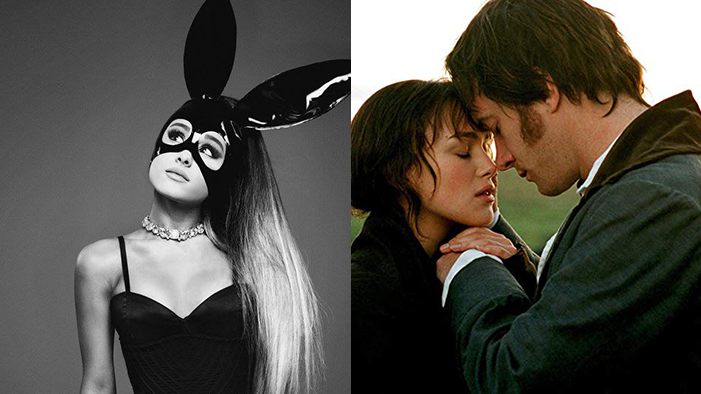All the Deep-Cut References in Sherlock’s “The Abominable Bride” That You Never Knew You Needed
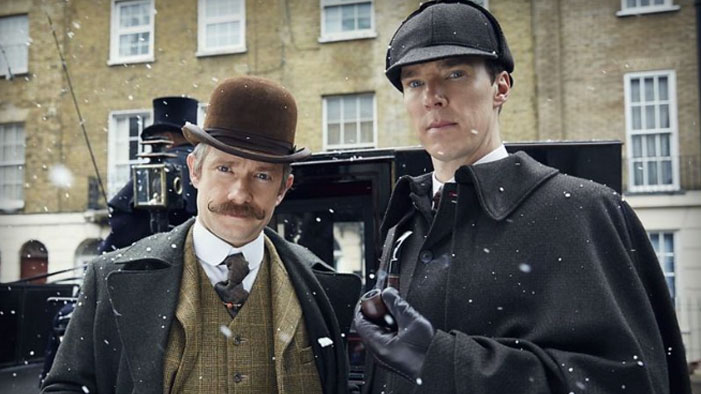 Whether you thought “The Abominable Bride” was a satisfying Victorian jaunt or a confusing journey into a certain consulting detective’s mind palace, Sherlock’s recent New Year’s Day special “The Abominable Bride,” certainly wasn’t short on bookish references. Here’s a handy guide to all the specific shout-outs to Sir Arthur Conan Doyle tales, plus a few non-Doyle Holmes adventures too!
Whether you thought “The Abominable Bride” was a satisfying Victorian jaunt or a confusing journey into a certain consulting detective’s mind palace, Sherlock’s recent New Year’s Day special “The Abominable Bride,” certainly wasn’t short on bookish references. Here’s a handy guide to all the specific shout-outs to Sir Arthur Conan Doyle tales, plus a few non-Doyle Holmes adventures too!
Spoilers for “The Abominable Bride”
The very first Holmes adventure is also the very first Holmes book: a Study in Scarlet. “The Abominable Bride” references this by recreating the scene in which Watson meets his old war buddy Stamford, who of course is letting Watson know that a mutual acquaintance needs a flat-mate. This sequence fairly faithfully recreates the events of the novel—specifically Stamford and Watson having a drink at a pub called The Criterion—but also doubly references the first Sherlock episode “A Study in Pink,” down to the specific beats and lines of dialogue.
From The Adventures of Sherlock Holmes
“The Adventure of A Scandal in Bohemia”
In this version of Victorian mystery-action, Victorian Sherlock has a locket complete with a picture of Irene Adler. This is, of course, a reference to “A Scandal in Bohemia,” in which, after being bested by Irene Adler, Sherlock Holmes only wants her photograph as payment for working on the case. Additionally, Molly Hooper disguising herself as a man in the morgue could also be a slight reference to Irene Adler doing something similar toward the end of the iconic story.
“The Adventure of the Greek Interpreter”
Sherlock’s smarter older brother, Mycroft Holmes, first appeared in this short story, and in it, he is obese to the point of being sedentary. He admits he needs his younger brother’s help because of the “leg work” involved. In “The Abominable Bride,” Mycroft calls upon Sherlock for the same reasons and also is eating a bunch of sweets, in an effort to get himself fatter. This is a version of Mycroft much closer to the Mycroft of the original stories, albeit a little cartoonish.
“The Adventure of the Five Orange Pips”
When Sir Eustace Carmichael receives an envelope containing what looks to be dried seeds from some kind of fruit, the hardcore Sherlock Holmes reader knows these are “the five orange pips.” In the short story of the same name a different man—Joseph Openshaw—receives a similar package, which is later revealed to be a death threat from none other than the KKK. This is referenced again in “The Abominable Bride,” when Sherlock notices that the secret organization of women is borrowing intimidation techniques from secret societies in America.
“The Adventure of the Blue Carbuncle”
This is the only Sherlock Holmes story to take place around Christmas which is referenced twice outright in “The Abominable Bride.” First, when Lestrade shows up at 221B Baker Street near the start of the mystery, he says he’s only there to pay Holmes and Watson “the compliments of the season.” Watson says this exact thing to Holmes in “The Blue Carbuncle.” But, the story itself is referenced by name in the Diogenes Club when the white-gloved bouncer signs to Dr. Watson that he liked reading “The Blue Carbuncle.”
From The Memoirs of Sherlock Holmes
“The Adventure of The Musgrave Ritual”
“The Abominable Bride” herself—in this case Emelia Ricoletti—probably was inspired by a throwaway line in “The Musgrave Ritual,” in which Sherlock is mentioning cases he’d solved way before Watson was hanging around with him. One is described as “Ricoletti of the club foot and his abominable wife.”
“The Adventure of The Final Problem”
Professor Moriarty and all his villainous machinations derive almost exclusively from the short story “The Adventure of the Final Problem.” In its famous (or infamous) climax, we learn that Holmes and Moriarty take a fatal tumble off a cliff at Reichenbach Falls. This scene is recreated beautifully in “The Abominable Bride,” even though it’s a little less than “real” since Watson shows up to save Sherlock, not to mention, Sherlock jumps off the cliff willingly and seemingly flies like a superhero/doesn’t die. This whole jumping to one’s death and living thing is also a reference to the Sherlock season 2 finale “The Reichenbach Fall,” which is (duh) a reference to “The Final Problem.”
From The Case-Book of Sherlock Holmes
“The Problem of Thor Bridge”
Mrs. Ricoletti’s name may come from “The Musgrave Ritual,” but some of her actions recall the events of “The Problem of Thor Bridge.” In this story, a Mrs. Gibson kill herself, but frames a Mrs. Dunbar. She does this because she’s in love with Mrs. Dunbar’s man and wants to frame her rival for murder; from beyond the grave. While Ricoletti and her cohorts have very different—and more altruistic aims—the double pistols and the weaponizing of suicide are too close to be a coincidence.
“The Adventure of The Creeping Man”
In “The Abominable Bride,” Watson receives the famous telegram from Holmes which reads “Come at once if convenient. If inconvenient come all the same.” And while Sherlock has used these lines before as text messages, the telegram and the wording itself are directly taken from the story “The Adventure of the Creeping Man,” which features an old guy who starts acting like a monkey. Really!
From His Last Bow
“The Disappearance of Lady Frances Carfax”
When Sherlock finds himself back in the “real world,” he’s convinced he needs to find a second corpse buried out with Mrs. Ricoletti. He has a very strong belief that this second skeleton will be buried just underneath the first. This subtly references “The Disappearance of Lady Frances Carfax,” in which baddies double stack bodies in the same casket to avoid detection.
The legend has it that the most famous Holmes illustrator (at least the person who illustrated all the stories in The Strand) was initially offered the contract by accident. There’s also a predominant belief that Conan Doyle himself wasn’t crazy about the illustrations because Holmes and Watson look too “handsome.” In any case, we do know for sure that Paget added certain things to the characters, specifically the deerstalker hat worn by Holmes, which is never mentioned n the prose. In “The Abominable Bride” Watson bemoans that the “illustrator is out of control,” and that he can’t even be recognized as himself without his mustache. Watson’s mustache is another one of those inventions of Paget, and not Conan Doyle.
A Monstrous Regiment of Women by Laurie R. King
When talking with Sherlock toward the end of the Victorian section of the episode, Watson throws around a few ideas for a title for the story, including “The Monstrous Regiment.” This is definitely a Sherlock Holmes reference, but not a reference to one of the Conan Doyle stories! Instead, A Monstrous Regiment of Women is a novel by Laurie R. King which is the second installment in the Mary Russell series. This series begins with The Beekeeper’s Apprentice and features the primary protagonist—Mary Russell—as an apprentice to Sherlock Holmes, at least at the beginning. However, Laurie King’s title is in itself a reference to a 1500’s anti-feminist text called “The First Blast from a Trumpet Against the Monstrous Regimen of Women” written by a raving madman named John Knox.
The Seven Per-Cent Solution by Nicholas Meyer
At one point in “The Abominable Bride,” Sherlock refers to an “analyst’s coach” in Vienna. This is almost certainly a direct reference to the Sherlock Holmes novel The Seven Per-Cent Solution by famed Star Trek II: The Wrath of Khan director/writer; Nicholas Meyer. The analyst Holmes is referring to is none other than Sigmund Freud, who, in the course of the novel, cures the great detective of his cocaine addiction. Sherlock’s drug use is referenced heavily in “The Abominable Bride,” as is the idea that Professor Moriarty exists more in his mind than he does in real life. In The Seven Per-Cent solution, its revealed that Moriarty is more psychological construct than actual arch-criminal. (This novel has also just been adapted into a limited run comic book series!)
Where there any more references in “The Abominable Bride?” Get out your magnifying glasses and let us know!




